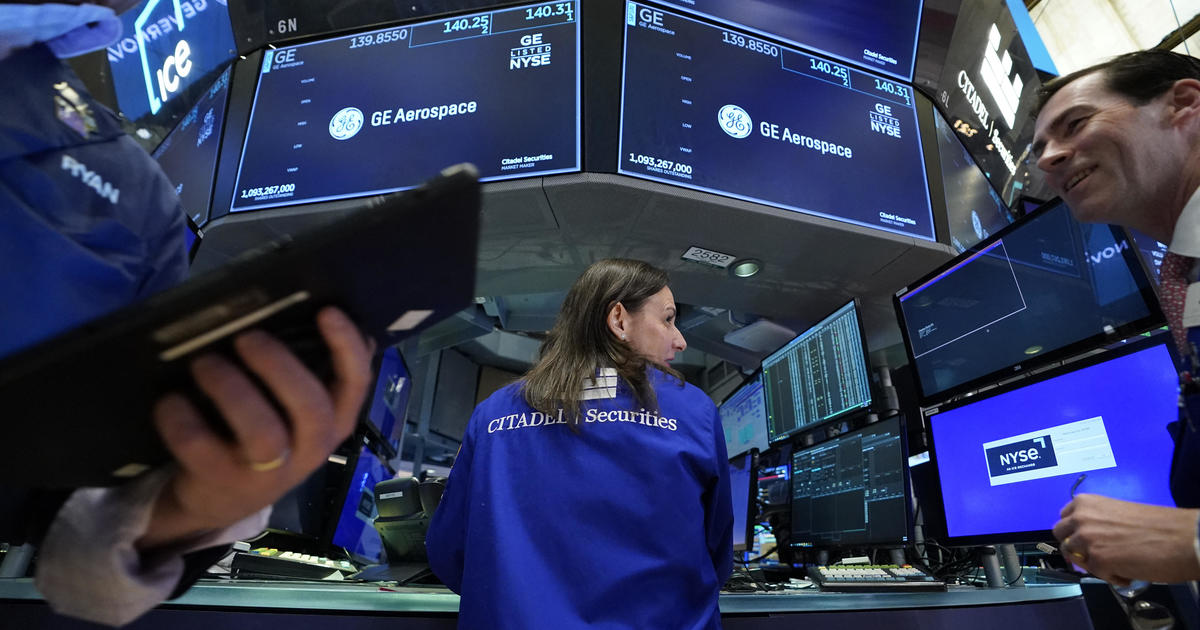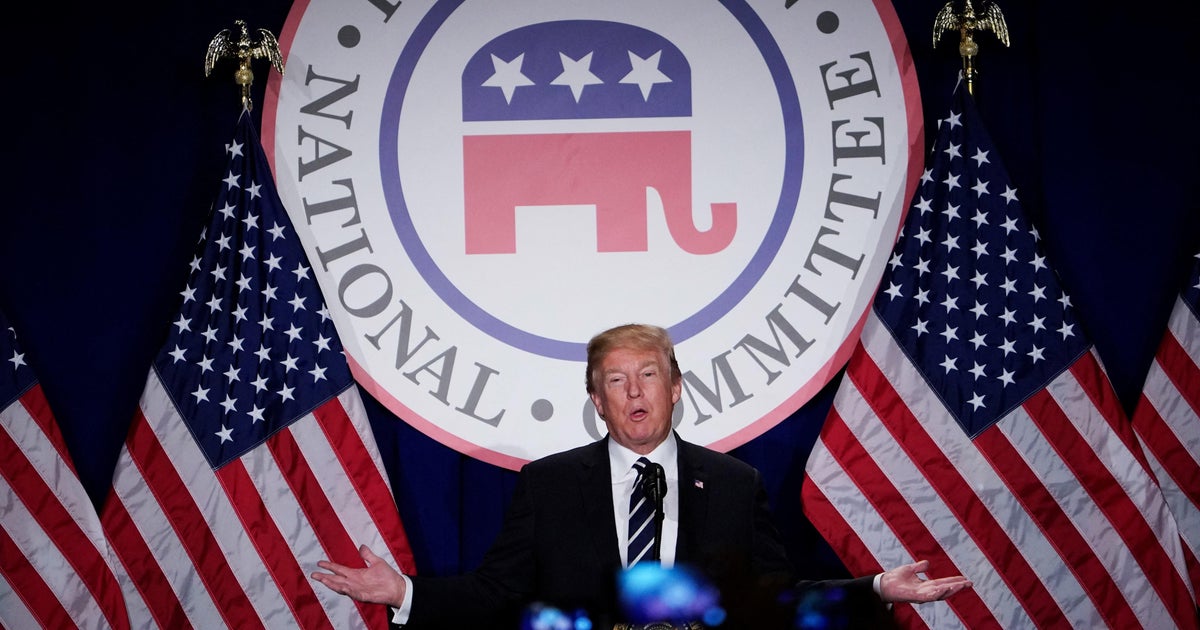Election history lessons for investors
Here’s some good advice for investors on the day Americans vote to decide the next president: When in doubt about a major issue, look to history for guidance. So where is the stock market headed after today’s most-awaited crucial event?
There’s a lot to be thankful for as the arduous and tumultuous electoral battle pitting Democrat Hillary Clinton and Republican Donald Trump finally ends, because during the final two months after the elections since 1945, the S&P 500 gained 2 percent, and it rose in price 72 percent of the time.
But more specifically, investors who are wishful of a Clinton victory may be in a very good place if she emerges victorious because since 1945 the S&P 500 stock index gained an average 13.7 percent in the first year of the first term of a Democratic administration, and it rose in price 83 percent of the time. Only during President Jimmy Carter’s first year did the market pull back.
Under a Republican administration’s first year, however, the S&P 500 fell an average 2.7 percent, and it rose only 20 percent of the time. One possible reason for that dismal first-year performance, said Sam Stovall, chief investment strategist at CFRA, is that every Republican president since Teddy Roosevelt experienced an economic recession during their first term. (CFRA this year acquired S&P Global’s Equity and Fund Research units.)
A critical question is what happens when the incumbent is reelected, or in 2016’s case, when the incumbent party’s candidate wins? Well, again since 1945, in those circumstances the market gained an average of 1.7 percent, but that’s not as good as when the opposition party candidate wins. In those years, the S&P 500 rose an average 2.3 percent, and stock prices rose 75 percent of the time.
Stovall noted that much to the dismay of Republicans, a surprising amount of press is given to the S&P’s performance under Democratic and Republican presidencies, but not so much about the market’s reaction to what’s happening in Congress which, after all, manages the government’s purse strings.
Here’s how the market reacted toward the party that has controlled Congress. Since 1945, whenever Republicans held majorities in both houses, the S&P 500 rose an average 13.3 percent, and it gained in price two out of every three years.
But whenever the Democrats held both houses, the results weren’t as good. The S&P gained an average of only 7.4 percent, however it rose in price a more consistent 73 percent of the time.
Still, it’s true that investors focus mainly on the presidential election and what it might bring to the table. So by Wednesday, Nov. 9, the question of who will be the next U.S. president will finally be resolved.
Stovall said strategists predict that a Republican victory would be such a whopping surprise that the market will be thrown into a tailspin, similar to the 8 percent decline it suffered in the two months after the Harry Truman’s unexpected reelection in 1948.
Yet history reassures us that no matter who wins, the stock market typically gains an average of about 2 percent in the final two months of the year -- probably because of a feeling of great relief. However, there’s also the stark differences to consider in performance during the first year of a new Democratic or Republican administration.
Stovall wonders which it will be: “The lady or the tiger?”
The answer will be up to you -- and the most important thing now is for every qualified voter to exercise that very precious right.



